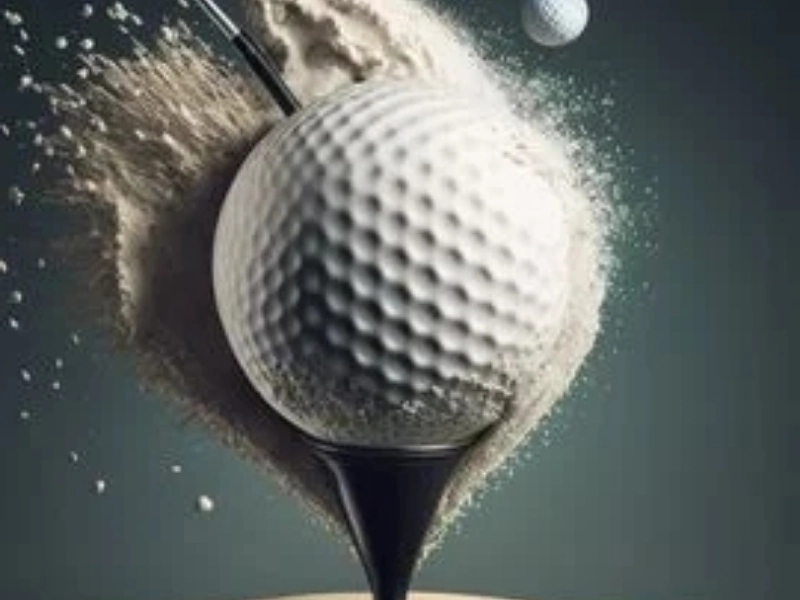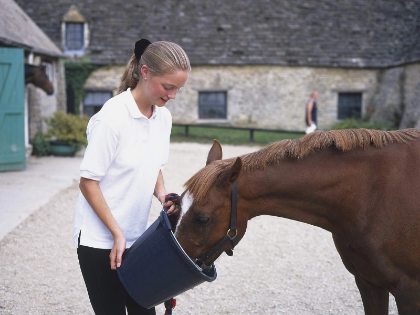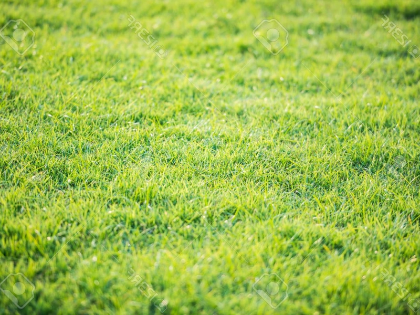Taking Care of Ball Marks and Divots on a Golf Course
Golfers have a lot they can do to maintain immaculate, welcoming, and playable greens. One easy method is to fix divots and ball marks correctly. A divot repair tool is the suggested tool for repairing a ball mark on the green, but a tee or even your car key would work just as well. To make the mark level with the surrounding grass, it is important to work the edges inward without raising them.
Correcting Divots

Fixing Pitch Marks
 All staff members at golf courses agree that most players don't do a good enough job of filling in ball marks. Despite the various notices, announcements, and notes in newsletters that act as reminders, many golfers either fail to remember or are unaware of the correct way to fix a pitch mark.
All divots on the green need to be repaired, but Type IV, or the deeper "pit"-shaped ones, require more attention. These can take weeks to properly heal and are very detrimental to the putting surface.
To do this, press the divot towards the centre by inserting the repair tool's prongs into its rim. Next, use your putter to gently compact it in order to even out the putting surface.
All staff members at golf courses agree that most players don't do a good enough job of filling in ball marks. Despite the various notices, announcements, and notes in newsletters that act as reminders, many golfers either fail to remember or are unaware of the correct way to fix a pitch mark.
All divots on the green need to be repaired, but Type IV, or the deeper "pit"-shaped ones, require more attention. These can take weeks to properly heal and are very detrimental to the putting surface.
To do this, press the divot towards the centre by inserting the repair tool's prongs into its rim. Next, use your putter to gently compact it in order to even out the putting surface.
Restoring the Green's Ball Marks
 It's crucial to pay attention to where you put your ball marker if you ever find yourself on the green. A straightforward guideline for golf etiquette is to always move the marker out of the way before putting so as not to obstruct the view of other players. Additionally, it aids in preventing Type IV ball marks from forming, which can erode the putting surface.
One of the most frequent golf etiquette faux pas is to stand in your partner's line of sight while they are ready to hit a shot. It can cause players to swing at the wrong time and reduce their chances of making a decent putt in addition to being distracted.
Furthermore, it is not a good idea to show off your annoyance by hurling or slamming your clubs. In addition to being embarrassing for you, it might endanger other players and the workers who maintain the course.
It's crucial to pay attention to where you put your ball marker if you ever find yourself on the green. A straightforward guideline for golf etiquette is to always move the marker out of the way before putting so as not to obstruct the view of other players. Additionally, it aids in preventing Type IV ball marks from forming, which can erode the putting surface.
One of the most frequent golf etiquette faux pas is to stand in your partner's line of sight while they are ready to hit a shot. It can cause players to swing at the wrong time and reduce their chances of making a decent putt in addition to being distracted.
Furthermore, it is not a good idea to show off your annoyance by hurling or slamming your clubs. In addition to being embarrassing for you, it might endanger other players and the workers who maintain the course.
Restoring the Tee's Ball Marks
 One of the most crucial principles of golf etiquette is to repair ball marks. It not only demonstrates respect for the superintendent of the course and your fellow players, but it also helps keep the green in good condition.
Even while the majority of golfers recognise the value of fixing ball markers, many are not proficient in this technique. It's crucial to press the edges towards the centre of the mark rather than dragging them up to protect the green. This keeps the greens smooth and stops the marks from forming deep depressions in the putting surface.
Raking bunkers following a shot is a crucial component of proper golf etiquette. This facilitates play out of the bunker and is useful for the following group. To expedite the operation, always remember to enter and exit the bunker from the low side.
One of the most crucial principles of golf etiquette is to repair ball marks. It not only demonstrates respect for the superintendent of the course and your fellow players, but it also helps keep the green in good condition.
Even while the majority of golfers recognise the value of fixing ball markers, many are not proficient in this technique. It's crucial to press the edges towards the centre of the mark rather than dragging them up to protect the green. This keeps the greens smooth and stops the marks from forming deep depressions in the putting surface.
Raking bunkers following a shot is a crucial component of proper golf etiquette. This facilitates play out of the bunker and is useful for the following group. To expedite the operation, always remember to enter and exit the bunker from the low side.









